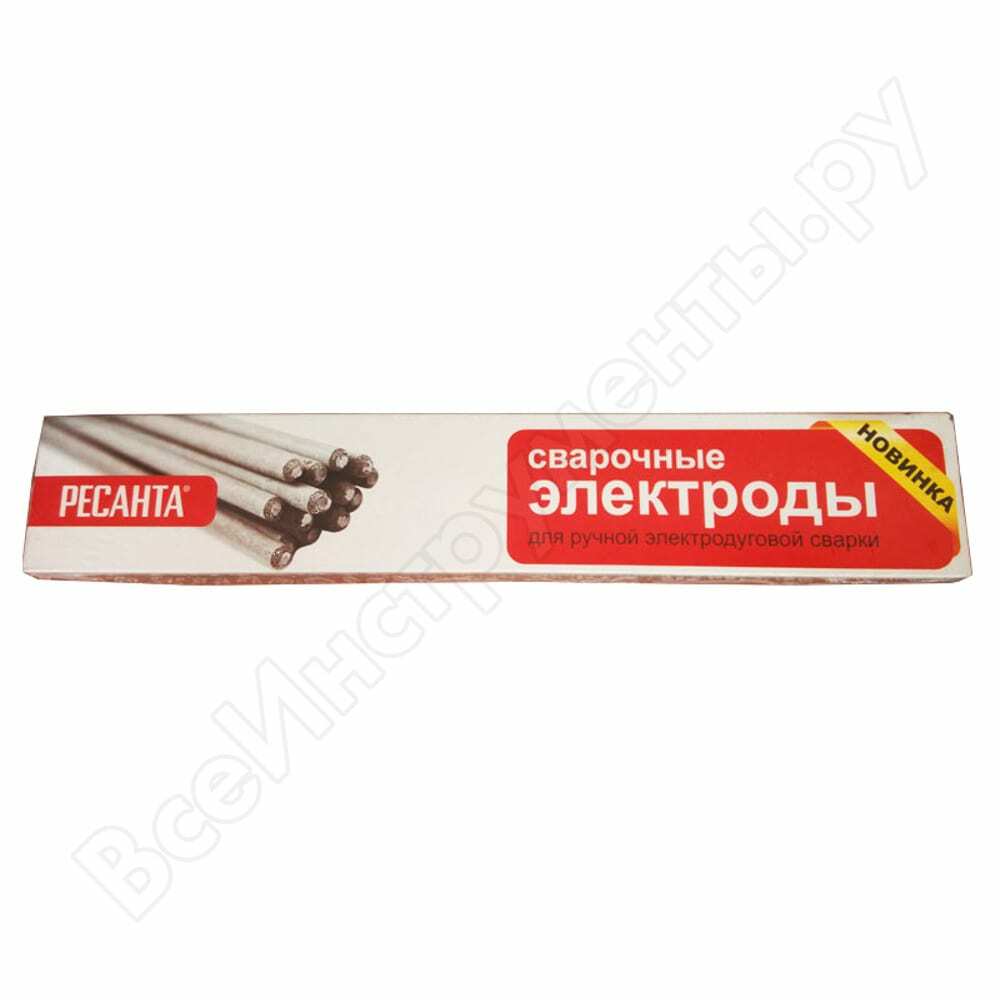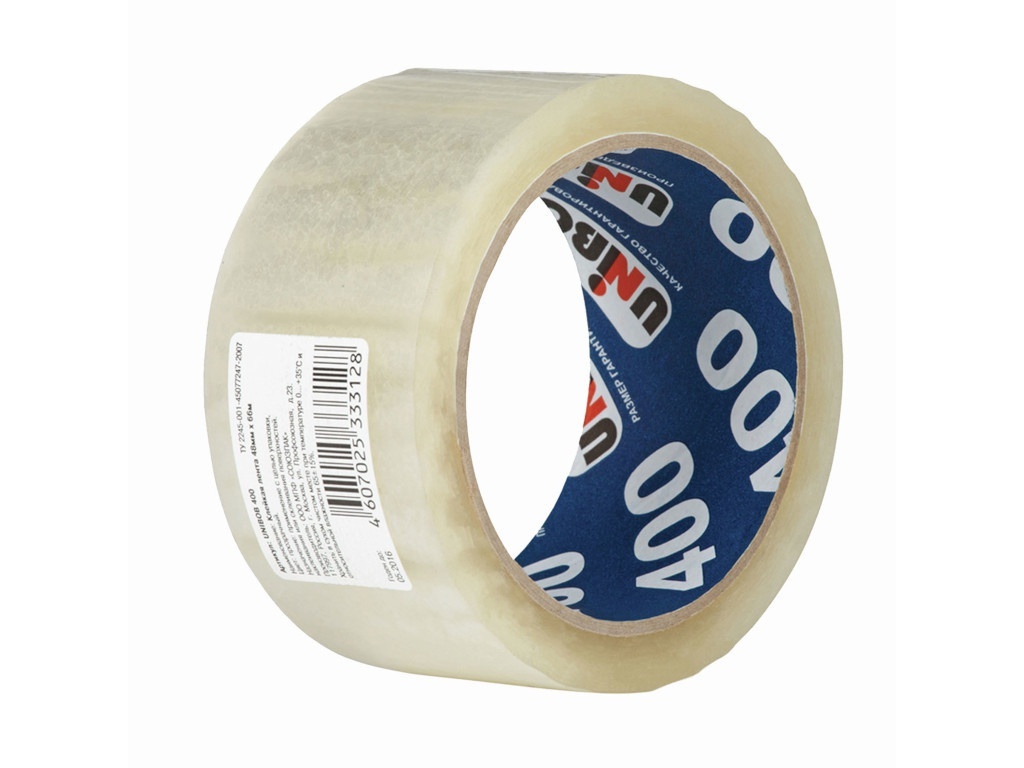Underground pipeline communications have become an indispensable attribute of the engineering systems of modern cities. Due to the lack of space under the earth a sewer network, the water supply lines, heating, pipe routing electrical cables. Over time, the problem arises of replacing the worn out pipes or repairing them. In dense urban areas to dig a trench or pit for the repair work is very difficult and sometimes even impossible. Therefore, trenchless laying of utilities has become a real technological breakthrough and helped to solve many problems of the big city.
Description of trenchless pipe laying technology

In urban settings, the route of underground pipelines run beneath the city's lively streets, the carriageway highways, green spaces, traffic intersections and other objects. If we draw the replacement and repair of underground utilities directly under the ground and not be carried out at this opening the soil, such a technology of works is called "trenchless installation engineering pipelines. " The basis of this method is the principle of pass-through tubular structures through the soil layers, laid in any direction. The technology of manufacturing execution itself is simple, though for such seals closed method requires special equipment and technological equipment. Mounting produced using special metal desired diameter cylindrical nozzle and extensible hoses. If there is a need for a closed lining in underground long-distance highways, in this case it requires the use of specialized equipment and technological equipment.
The advantage of the trench technology without
The main advantages and benefits of this technology, due to which preference should be given trenchless pipe laying, are:
- In comparison with the open method of laying of utilities, for the trenchless method will require a significantly lower amount of material and technical resources.
- Reducing the time of work due to the lack of excavation and installation of high speed.
- piping gasket provides a working link consisting of three - four workers.
- Technology pipeline installation without trenches is not detrimental to the surrounding area.
- Possibility of laying and repair of communications at any time of the year. If winter change and pave the engineering networks open way is very difficult, the trenchless technology is used successfully in the frozen ground conditions.
- The installation safety.
- A decrease in the number of times of pollution.
Another important argument in favor of this technology is considered to the exclusion of additional costs restoring the integrity of the asphalt pavement, hauling and land adjacent reconstruction impaired territory.
The principle of the method of piercing and punching
This laying of communications technology is carried out by piercing and punching. It should immediately be noted that these methods of trenchless underground laying stack pipe entirely new engineering communications.
pricking
puncture method is used for pipe lines of up to 60 meters. Such small length due to considerable efforts in the 150 - 3000 kN, which is necessary for puncturing technique soil. The organizations involved puncture tractors, bulldozers, winches and hydraulic jacks. Soil puncturing is performed pipe structure equipped with protruding tip in the form of a cone mounted with its cutting blades. Due to the pressure produced by the equipment, the tip with the pipe structure in a circular motion moving forward. In this case the soil around the pipe is sealed and not sprinkled, while the construction itself as it moves connects welding. Thus it is possible to lay underground pipes of a diameter up to 600 mm. When laying route utilities small diameter, puncture is carried out directly without any additional pipe piece.
It is important to know that the use of the conical tip can be deviations from the piercing line. These errors arise because of a possible collision with cone natural barriers and thus errors of the calculated puncture point exit.
Depending on the soil category and technical capabilities of the speed of ground-piercing equipment in one hour is from 4 to 6 meters. If a circular movement of the tubular member to apply vibration force, then it is possible to increase the speed of the puncture to 20 - 40 m / hr.
For soils with good permeability used gidroprokola method. In this case, communications gasket produce a powerful stream of water directed action which erodes the soil and forms a tunnel for laying pipelines.
punching

The principle of the method is similar to punching a puncture, it is carried out only one tube without special nozzle. In this case, the excavation masses fall inside the tube cavities and there are up to total extraction of the whole structure.
Primers for which the recommended method of punching should relates categories I-IV and presented clay loam, sandy loam, or sand.
Engineering network laid before forcing the method can have a size from 600 to 1720 mm and the maximum permissible span length is 100 meters.
punching method often pave the underground sewer lines.
The punching is carried out due to considerable dynamic forces generated by hydraulic jacks that are mounted symmetrically on the perimeter of the pipe circumference. The works carried out in the following sequence:
- Initially made a small passage of the pit.
- Resistant design is set in a wall for fixing the hydraulic jacks.
- The first units of the conductive pipe is connected to the jack firmly attached to the thrust structures. The other end of the piping structure is in the open position.
- Hydraulic jacks are necessary steps that lead to the movement of the tubular member, and it is slowly progressive movement penetrates the soil column.
Ground is removed from the cavity manually using shovels or compressed air pneumatic percussion devices.
The method of horizontal directional drilling

Manufacturing jobs on technology trenchless pipe by horizontal directional drilling engineering is directed probirovanii soil using special rigs. With horizontal directional drilling may be installed in the network engineer places developed infrastructure and under highways and railroad tracks. HDN technology only fifteen years ago was considered an innovative breakthrough in the area of the closed installation and was first tested in the United States in the 70 years of the last century. NEW successfully pass the tests and in 80 years this technology began to use in Europe. In the present method can be laid pipes with a diameter of 76 to 315 mm length up to 300 meters track.
The technology consists of three stages of serial works:
- Apparatus wire (pilot) borehole using drilling systems for trenchless laying of pipes. To properly set the direction and subsequently to carry out control over the correctness of the path of movement on the drill bit sets up a special navigation device.
- The expansion of the original hole to the design section. At this stage, the work expander is switched from the reverse principle of action which passes through the wire hole, the borehole extends to a cavity of the desired size.
- Pipeline. At the final stage of drawing is performed harvested units conduit special post HDN machine. For installation in primarily using modern HDPE pipes are widely used for device engineering sewerage, water supply and sanitation. Can be mounted plastic tubular structures several whips advance welded into a single thread. To reduce the rate of the additional friction that arises when pulling the pipes prepared through a horizontal tunnel, a drill hole is injected mortar mixture.
Through the use of horizontal drilling technology can save a lot of material and technical resources and in a short time to build engineering services in any territories in urban areas and industrial sites.

It is important to know that the perimeter of the drilled horizontal well should be 30% larger cross-section laid underground highways.
Scope trench technology without
Scheme laying pipe under a body of water PDN
Using network technology gaskets closed method without a large amount of excavation to perform the following activities:
- Laying underground cable communication lines.
- Installation of technological pipe systems for oil pumping.
- Laying of underground pipelines and water mains.
- Laying of sewer pipe.
- Underground heating device.
- Repair damaged pipes and replacing them.
Furthermore, the technology of horizontal directional drilling allows to lay engineering communication in places where possible landslides of soil where there is no possibility of free entrance construction equipment. Trenchless technology methods are used when laying pipelines complex hydrogeological conditions, in protected areas on the territory of monuments.
The main criterion for choosing the method gaskets are soil category and its density, soil composition, length of the route, the calculated diameter pipelines.
Video of trenchless laying of communications:
cars and equipment
Installation of utilities can be carried out by different methods, but the basic principle of the same: you need to create some effort to push the pipe communication. Therefore, the most commonly used:
- Settings for trenchless laying of pipes on pneumatic wheels or crawler;
- Hydraulic jacks;
- Welding machines for joining tubular elements;
- Tractors and bulldozers;
- Drive Diesel oil station;
- Basic equipment: expanders wells, pipes desired diameter rod;
- Additional equipment: surveillance cameras and monitors, remote controls;
- Mortar setting.
Laying truboprovodyaschih systems without the device trenches and pits a few decades ago, it seemed a distant fairy tale. With technological progress development of the situation has changed dramatically and now we can safely say that this technology has a great future and a tremendous opportunity.



